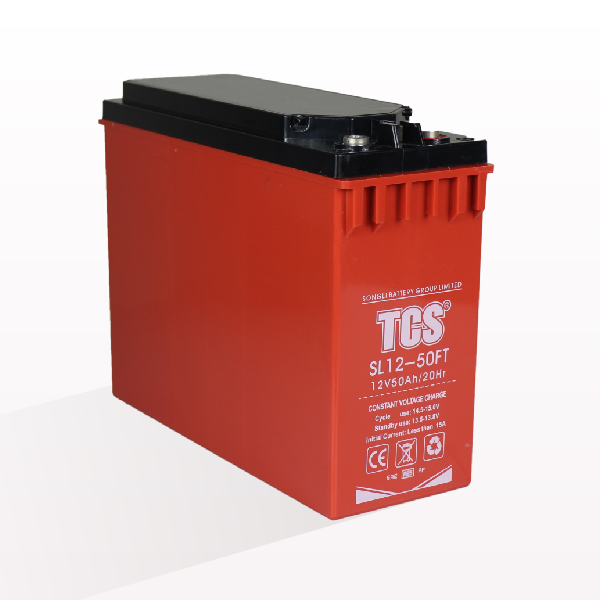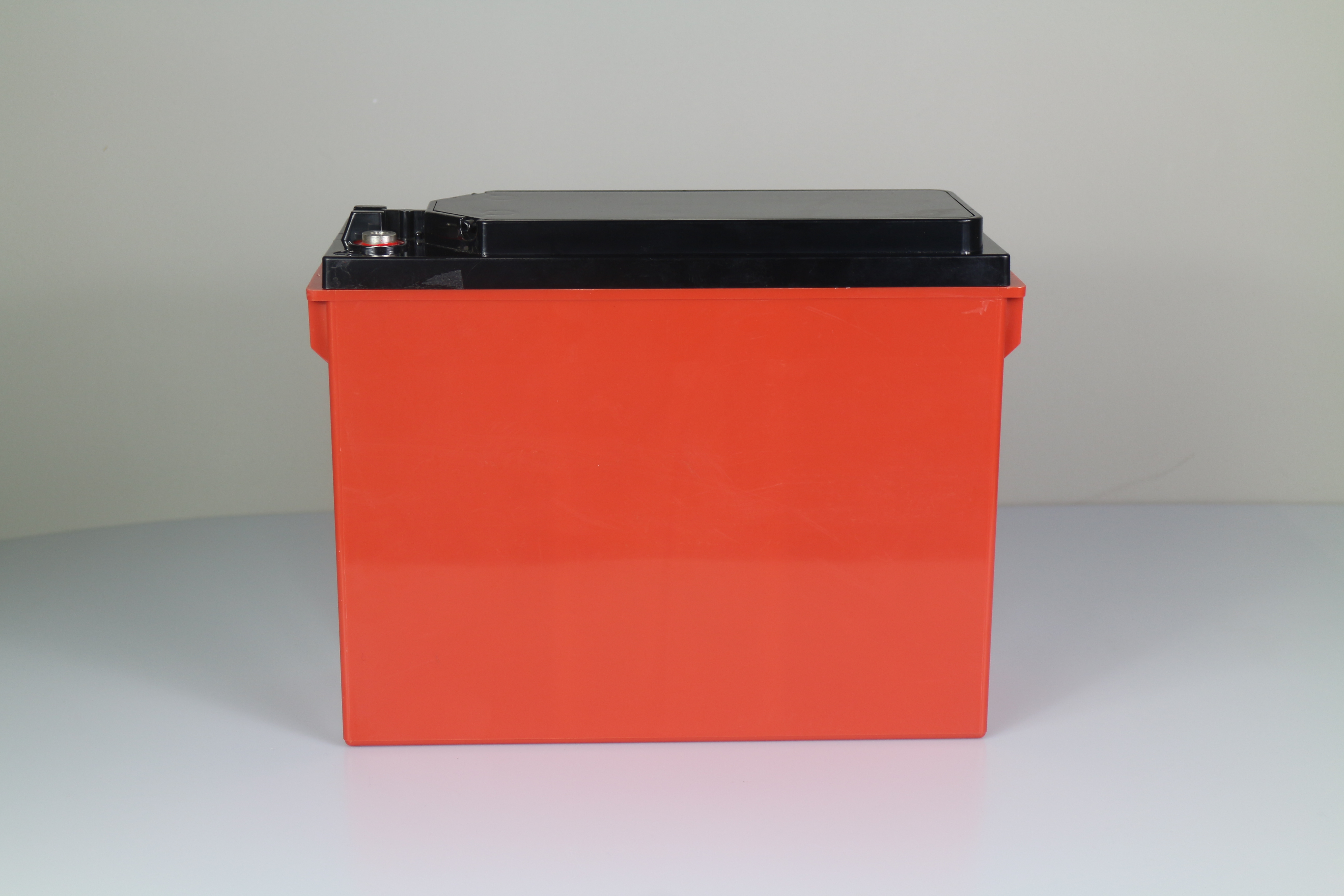Trying to start your car and discovering it has a discharged battery can put you in a troublesome and often risky situation. That’s why investing in a good set of jumper cables is a smart move. Think of it like an insurance policy; hopefully, you’ll never need to use it, but if you do, it can be a godsend. When choosing our recommendations, we looked for the best combination of price, length, wire thickness, and construction for the needs of the average driver.
This set, from a proven brand, offers a great combination of features that will let it handle most jump-starting circumstances. Thick, 2-gauge wire should handle jump-starting of most passenger vehicles, including full-size pickups and RVs. Has a two-year warranty. Electric Tricycle Battery

This inexpensive set carries a generous five-year warranty, which makes it the best overall value we’ve seen. It doesn’t stand out in the specs department, but it should work fine for most people.
This set of Energizer cables is ready for almost any jump-starting situation. Its extra-thick wires allow more current to flow to the dead battery, and the extra length ensures you won’t be as limited in positioning the jump vehicle. Includes a carrying bag. Has a two-year warranty.
With reverse polarity protection, this set from Austrian tools manufacturer Horusdy ensures that you don’t get the cable connections mixed up. If you connect them incorrectly, a red LED will light and the set will emit an alarm.
With all-copper construction, Superflex Blue cables, and a lifetime warranty, Polar Wire’s cables are commercial-grade quality that will handle jump starting in extreme conditions. But you pay (about $100) for what you get. The length and gauge of this set will cover most jump-start situations, although other versions are available including a 20-foot length.
Forbes Wheels examined more than 15 jumper cables and considered evaluations by critics and end users. We also evaluated key features. The five selected here represent the best combinations of price, performance, cable length, cable construction, wire thickness (gauge), and special features such as polarity protection (in case you mistakenly cross the cables).
Our choices reflect what users tpically want. A 12- or 16-foot cable works in most situations if the two cars are side by side or nose to nose. If the cars are one-behind-the-other, 20 or 25 feet is preferable, and some reach 30 feet. Some will want thicker, heavier cables to start big V8 or diesel engines.
Jumper cables, booster cables, or jumper leads (all three terms describe the same product), let you get a jump start of your dead car battery. The cables connect the battery of a running car to the battery of your dead (won’t-start) car. Even if you have auto club or new-car roadside service, you can be on your way in five minutes, quicker than waiting for a service vehicle.
Odds are you can find someone who’ll help, and you’ll be on your way if five minutes, if you have jumper cables. You can also call an auto club or, if you a have newish car with roadside assistance, contact them by phone or phone app.
These may start a car with a dead battery of a car with a manual transmission: The car can be push-started by a couple husky guys, probably. If you conveniently parked on a hill, rolling it downhill with the transmission in low gear and the left foot depressing the clutch then lifting may start the car. Another car could push start your car. (Or you can damage bumpers and headlamps.) There are risks to each of these.
Any car can be started with a battery jump starter power pack, $40 and up, if the battery is fully charged, and if it’s not too wintery-cold. If you have a battery charger, it should recharge in anywhere from a couple hours to overnight.
Put both cars’ transmissions in Park , set parking brakes, turn off the ignitions on both cars (including the dead car), open the hoods.
1. Put a red cable clamp on the dead-car positive (+ or POS or red or larger) terminal. Red is positive (+) and there should be a red plastic shield over the terminal post, black is negative (-), always, all cars.
2. Attach the other red end to the positive terminal of the donor car.
3. Attach the black cable to the negative terminal of the donor car. Doublecheck you’ve got the right wires connected.
4. Connect the other end of the black cable NOT to the negative battery terminal but to an unpainted metal part of the engine compartment. You may have to hunt around.
5. Have bystanders step away from the engine compartments.
6. Start the donor car, rev the engine a little, to 2,000-3,000 rpm. Don’t race the engine.
7. Start the engine on the dead car. If it didn’t start, keep the cables connected for five minutes, then try again. Once the dead-engine car starts, disconnect the cables in reverse order: Black cable on dead car comes off first, then black on good car, red on good car, red on dead car.
Keep the now-started car running at least 15 minutes.
Opening the hood takes two steps: There is a hood release near the driver’s foot pedals. Give it a good tug. It takes more effort than the button or lever that opens the trunk. The hood will pop open a little.
Then go to the front of the car and find the safety-catch lever in the opening below the hood. A flashlight helps to see the lever. Start in the middle and run your hand left or right to find it; it will be dirty, so use a paper towel or old cloth. Push it left or right, or up. The safety catch may instead be between the grilles. If so, give it a pull. Lift the hood.
Some hoods stay open on high-end cars. For most others, find a metal rod, swing it up and into a slot or hole on the underside of the hood.
The engine compartment will have a jump starter post in the engine compartment, marked + or POS. You may have to lift or slide back a flap. Connect a red cable to it as your first step and follow the remaining steps, above.
“Gauge” is the thickness of the battery wire. A lower number is thicker wire. Most jumper cables are 2-, 4-, or 6-gauge. Household wiring in the walls is 12- or 14-gauge; appliance and lamp cords are 16- or 18-gauge. Thicker is better but also heavier and bulkier.
Both have their uses. A jumper cable works virtually every time, if someone offers to help and if you or they have jumper cables. A battery jump starter ($50-$200) works well in warm or cool weather if its internal battery is fully charged; in cold weather, cheaper jump starters may not have enough power to get your car started.
Get a battery charger-maintainer. It charges the battery then maintains the battery at full charge. The device can be left on for weeks at a time with no risk of damage. See Best Car Battery Chargers-Maintainers For 2021. Useful devices start at less than $25.

Stationary Storage Battery This article, Best Jumper Cables For 2023, originally appeared on Forbes Advisor.